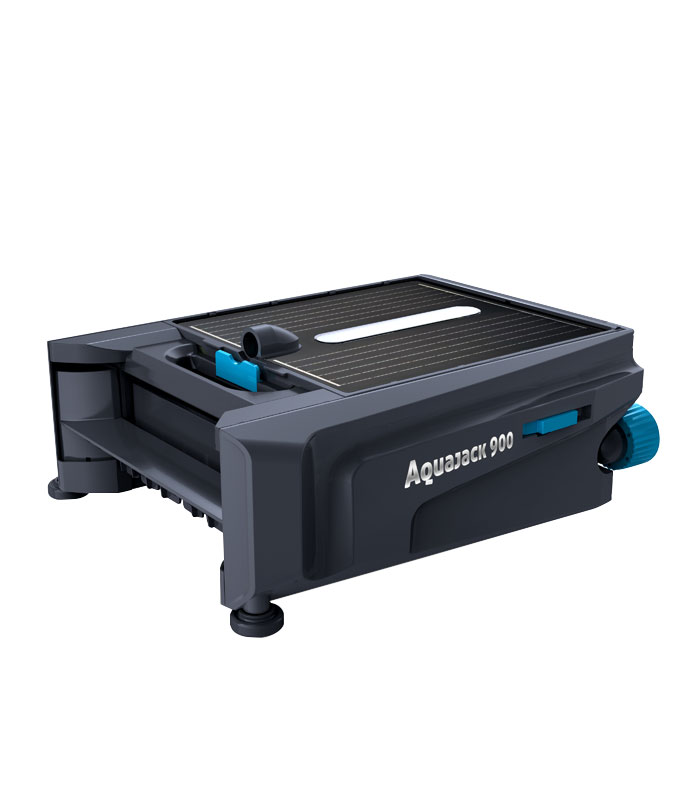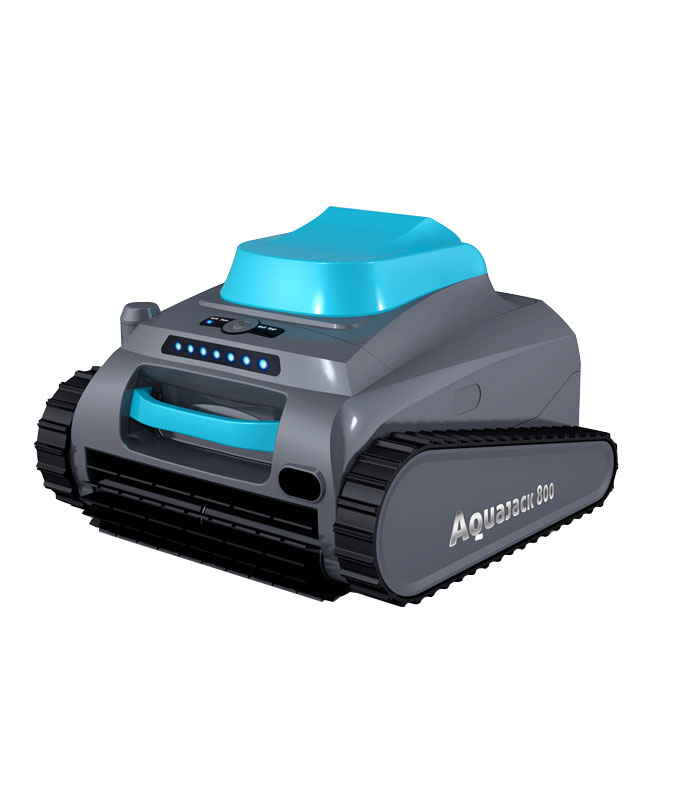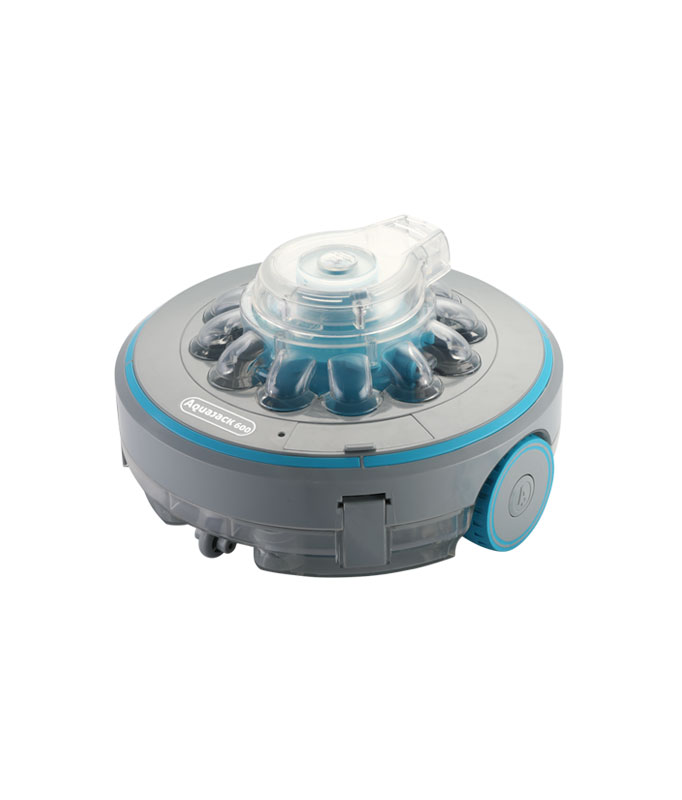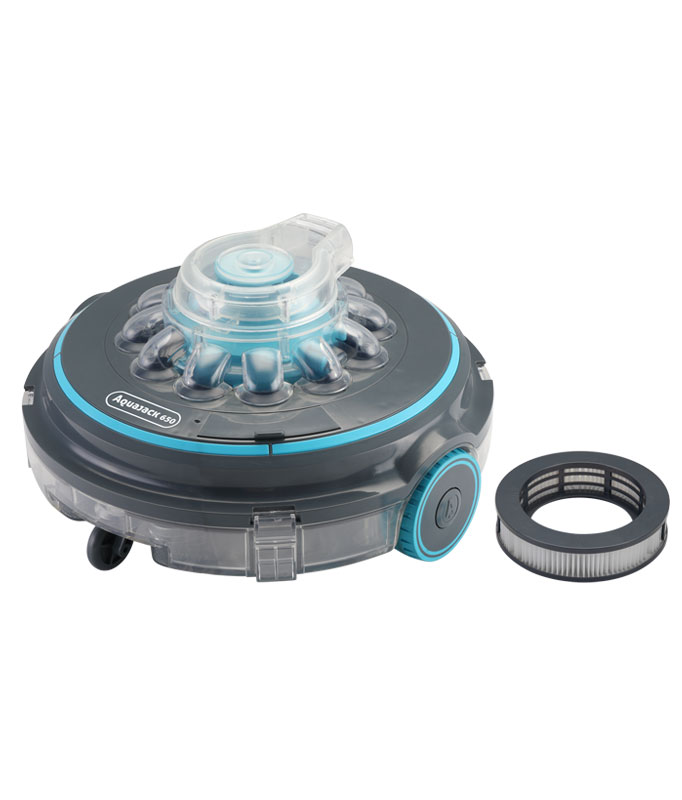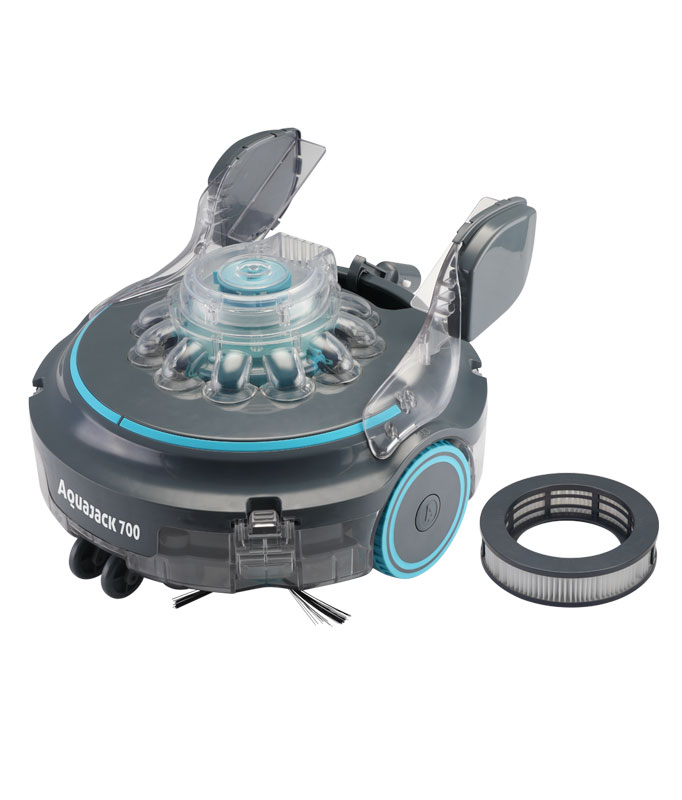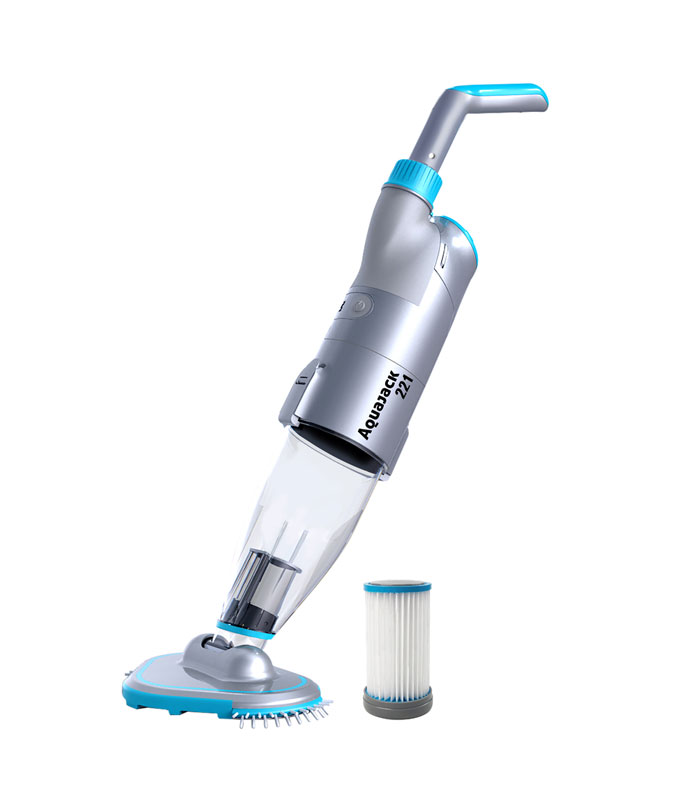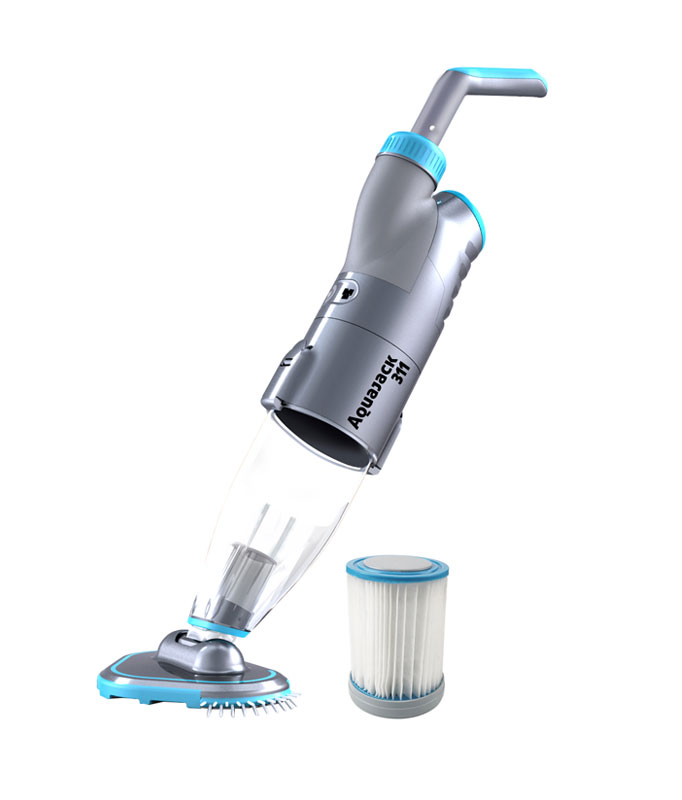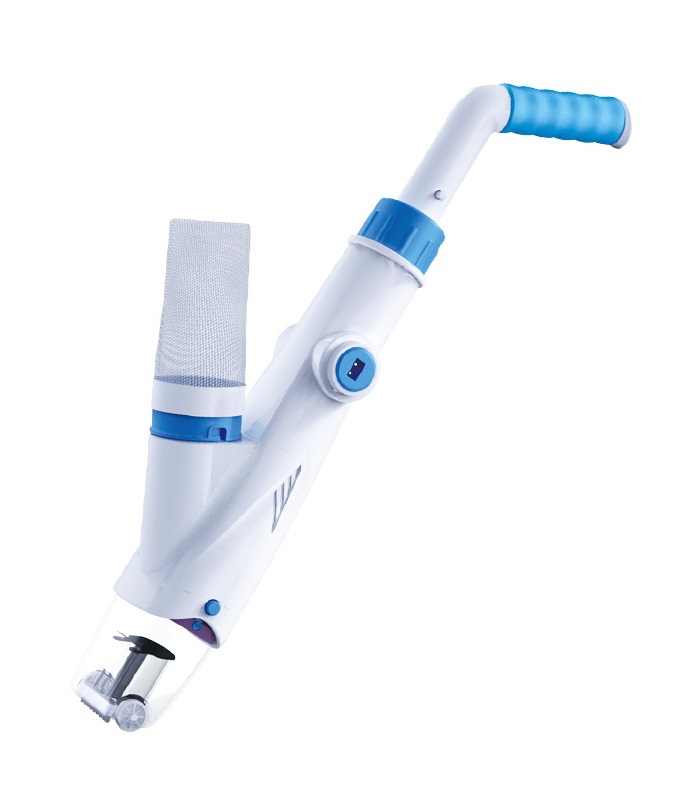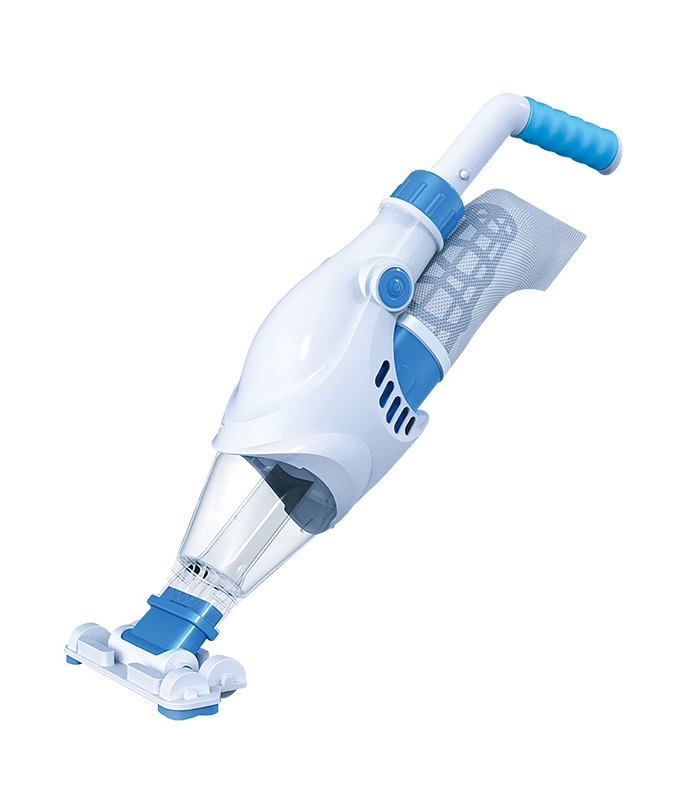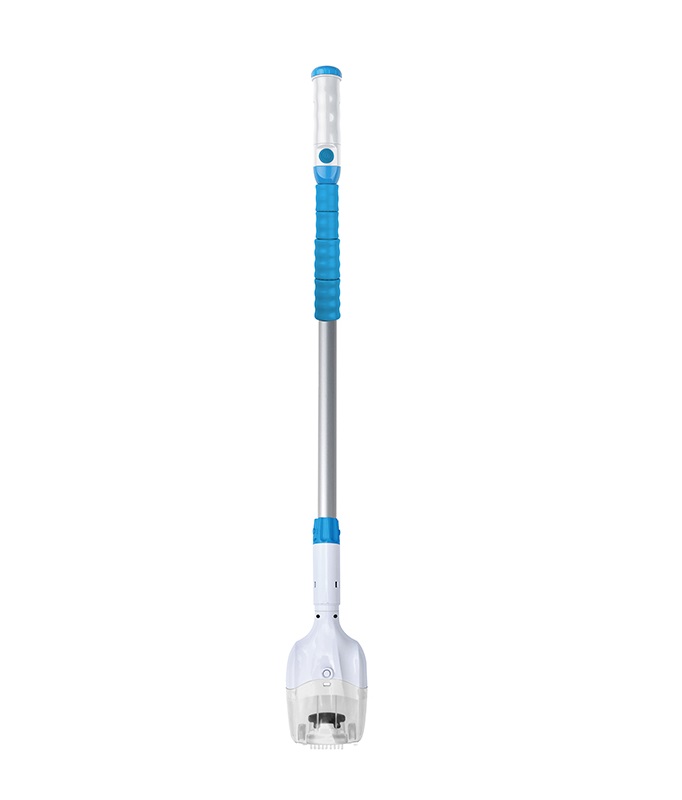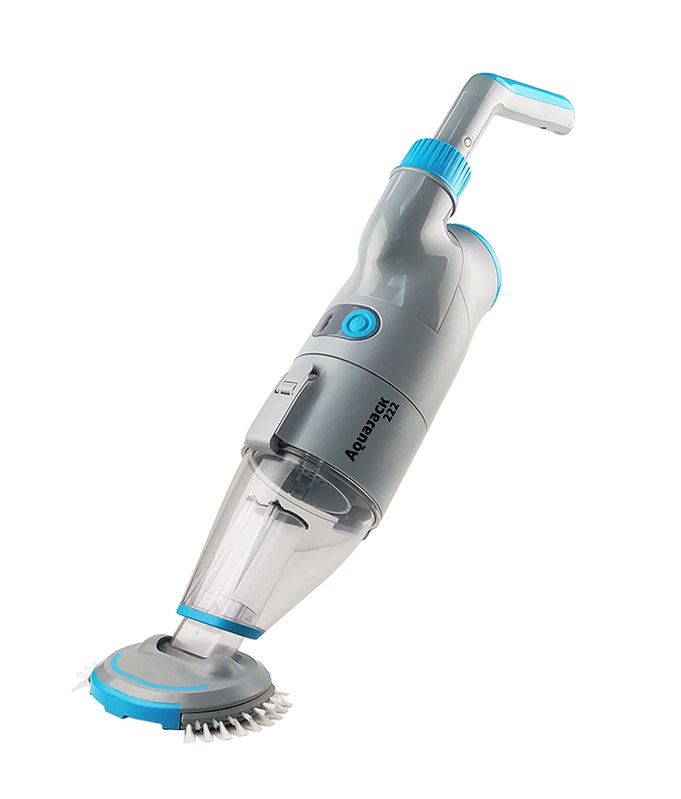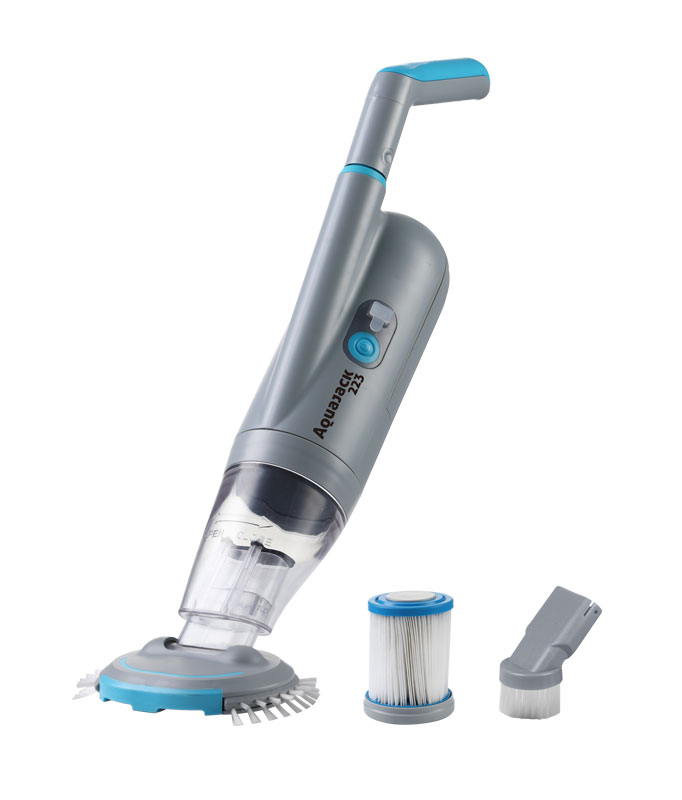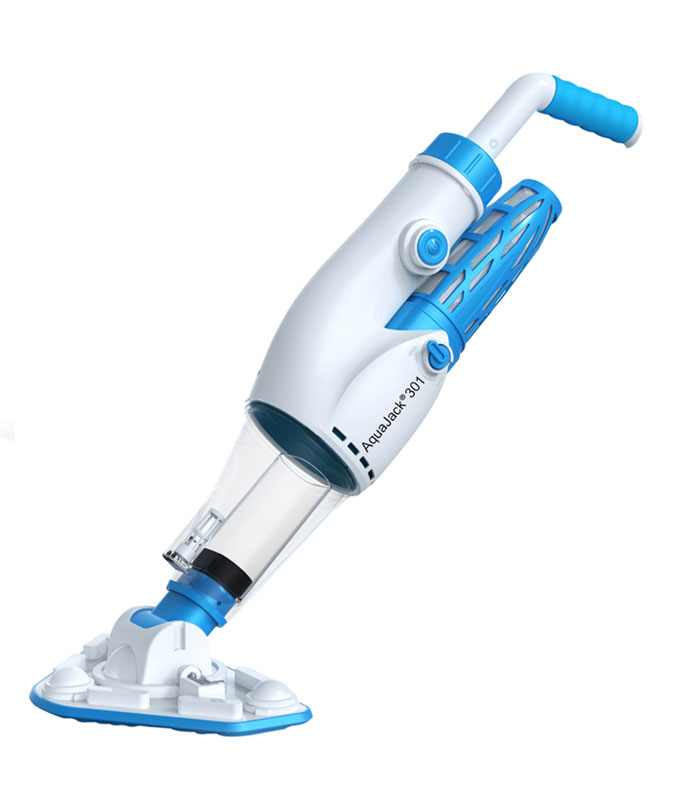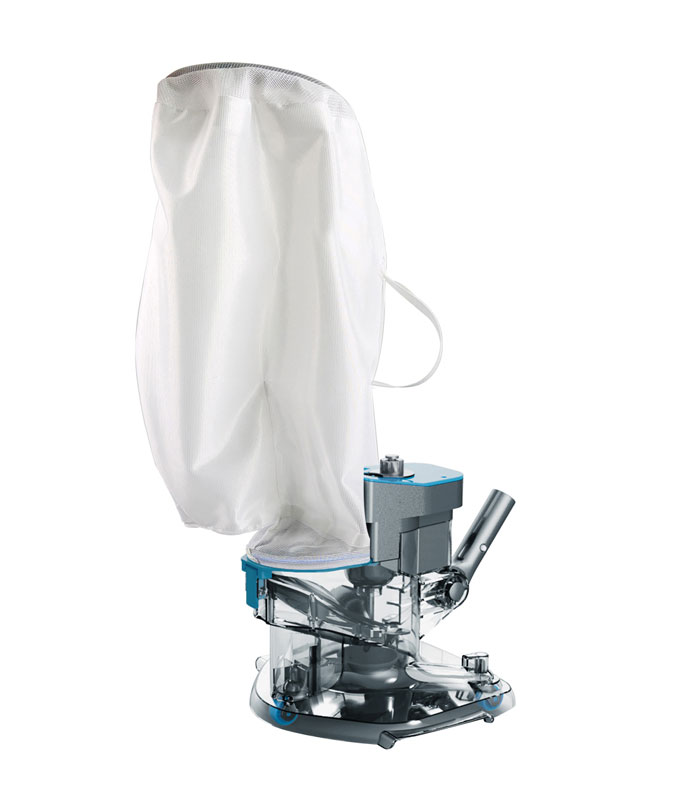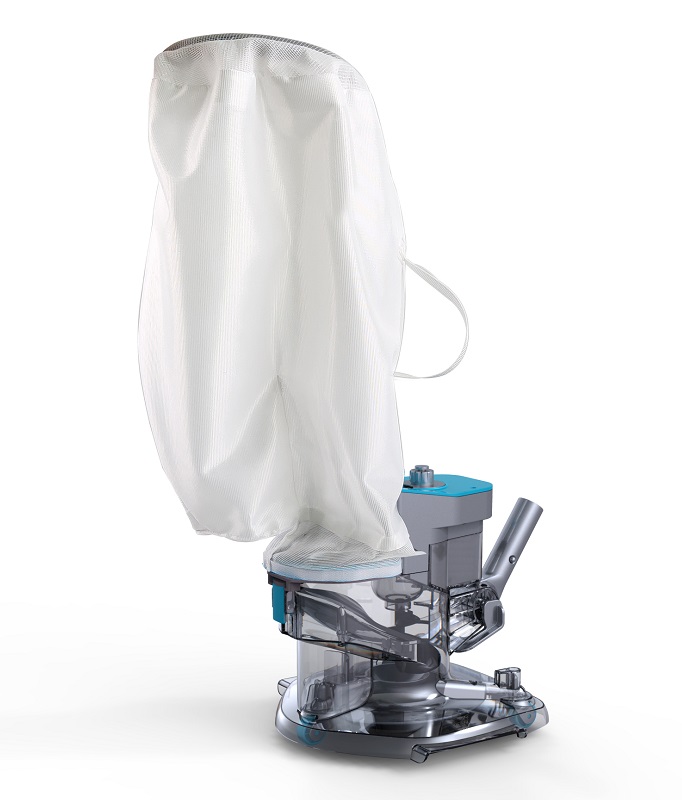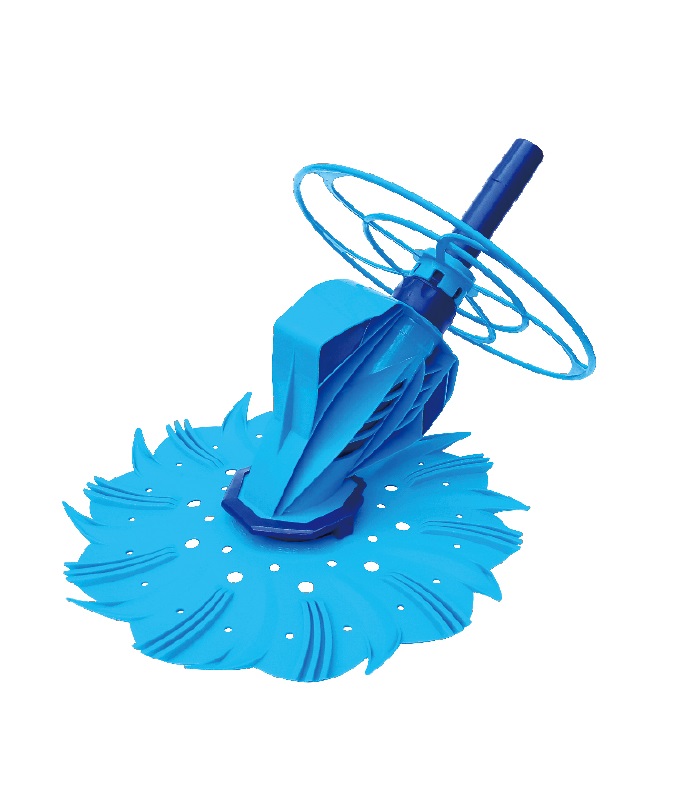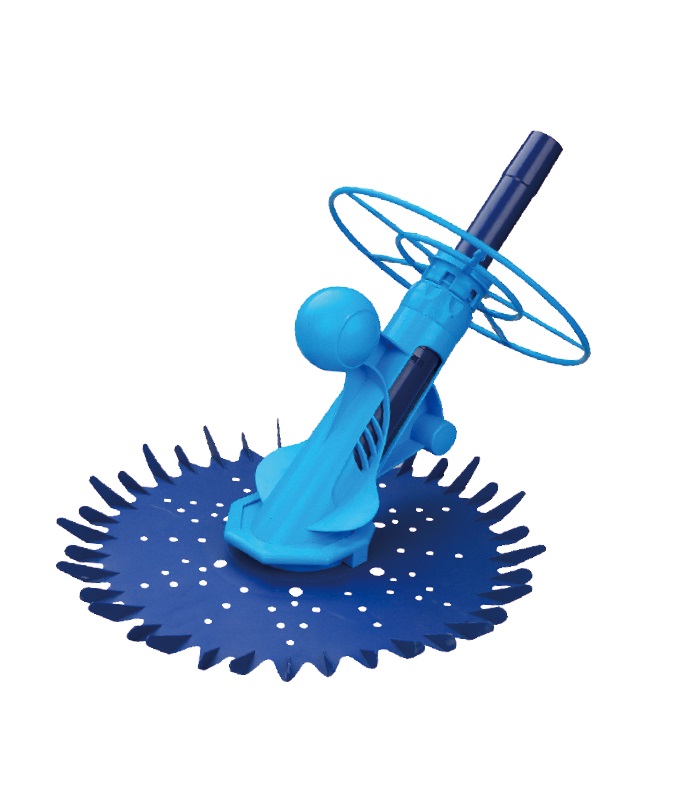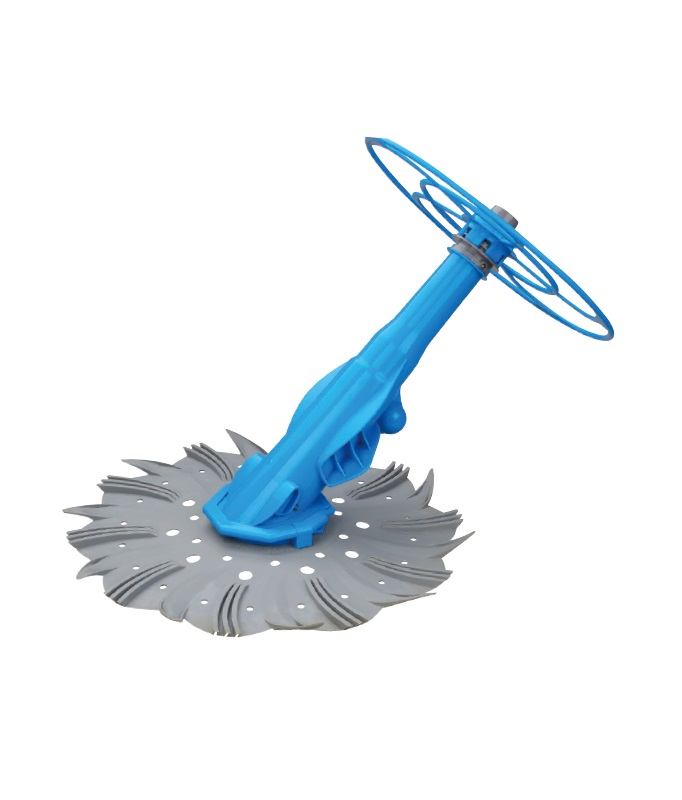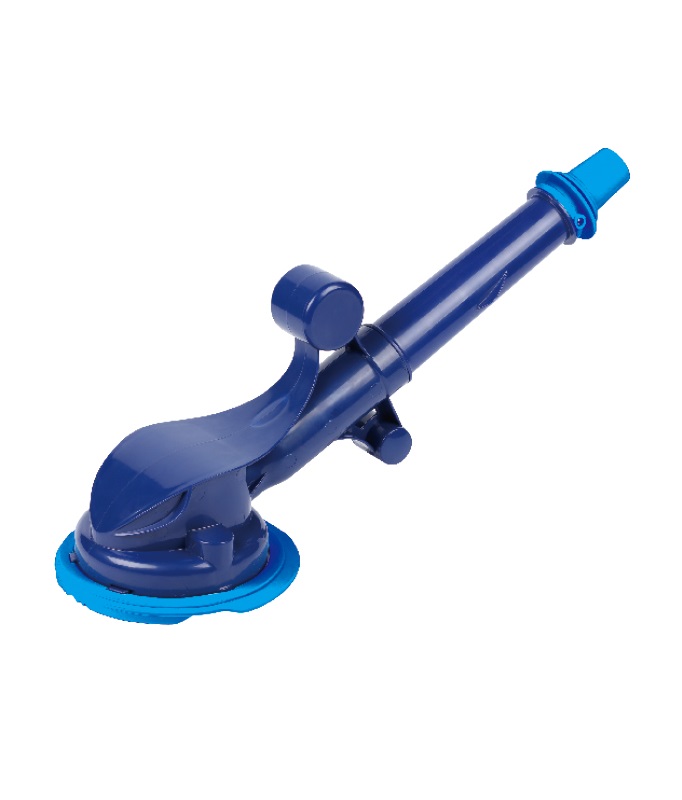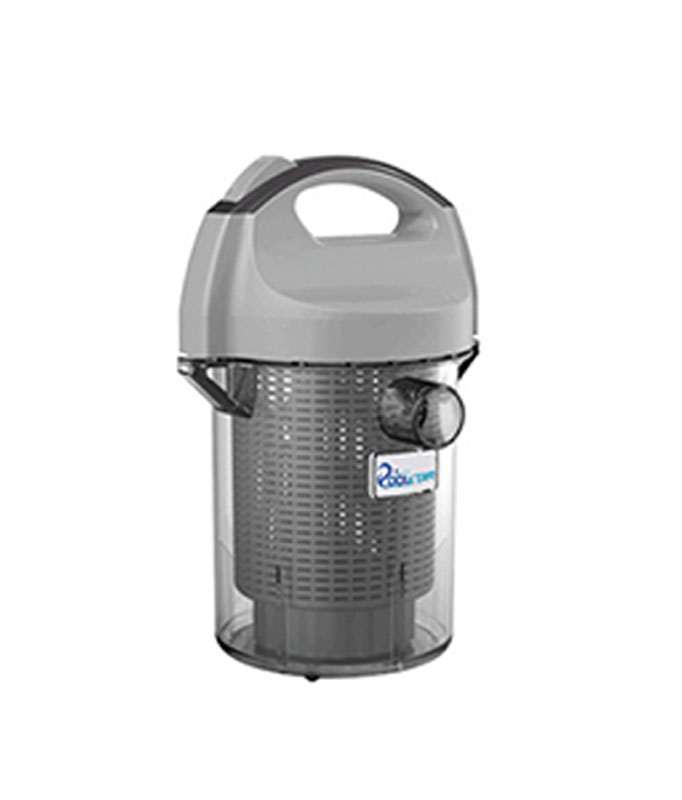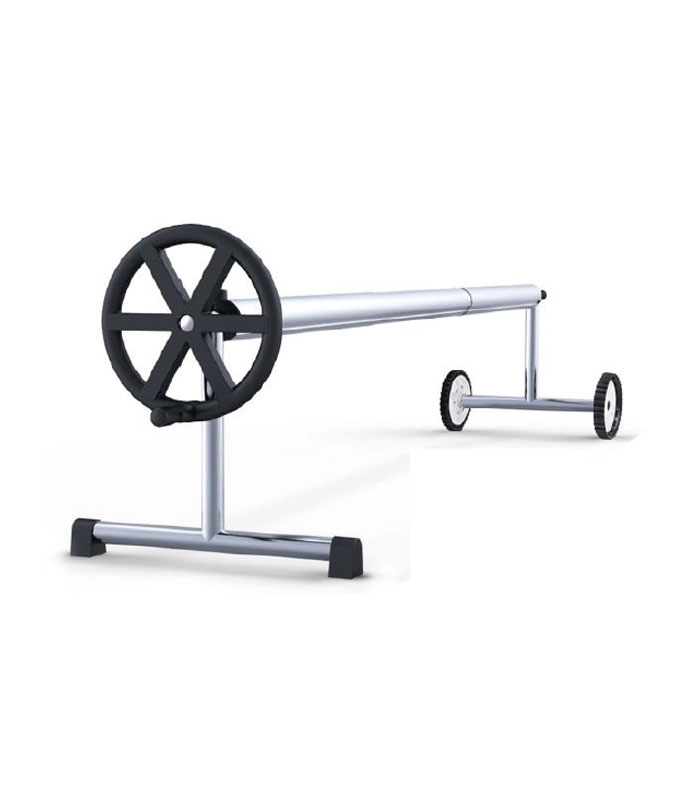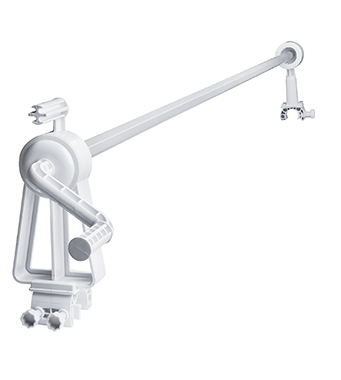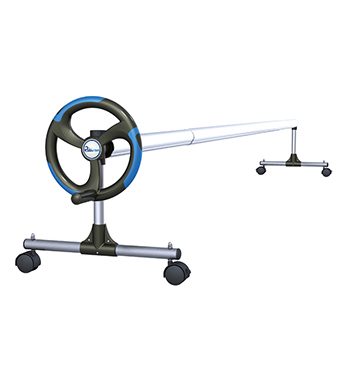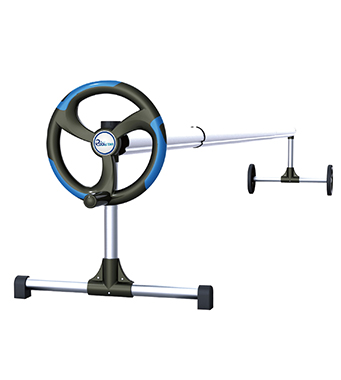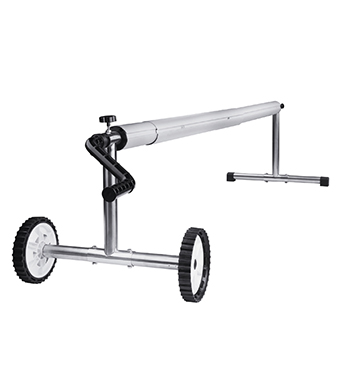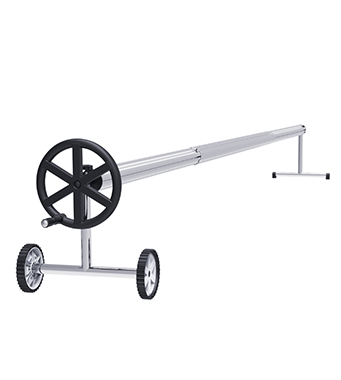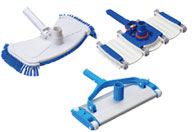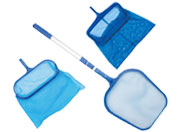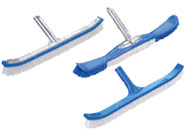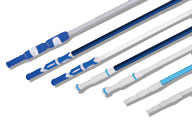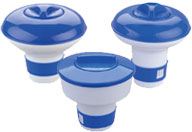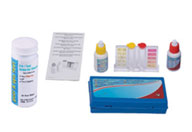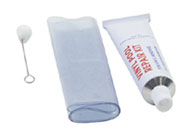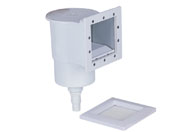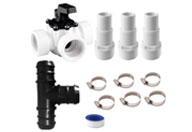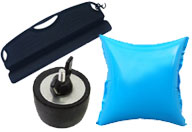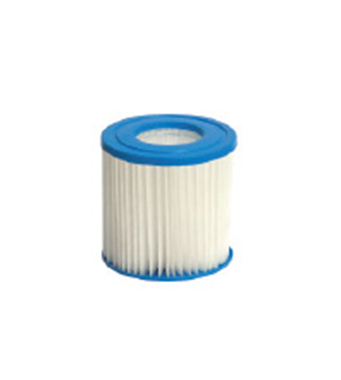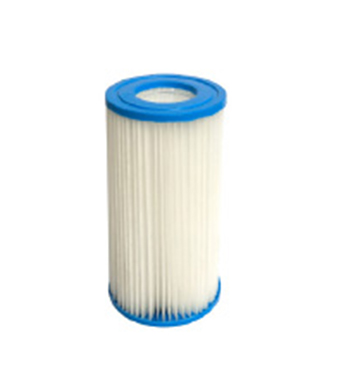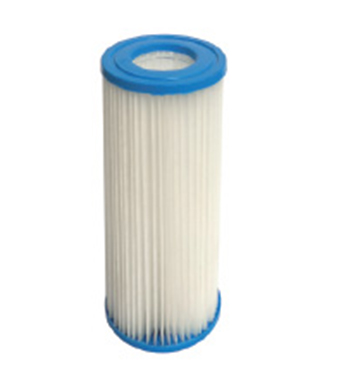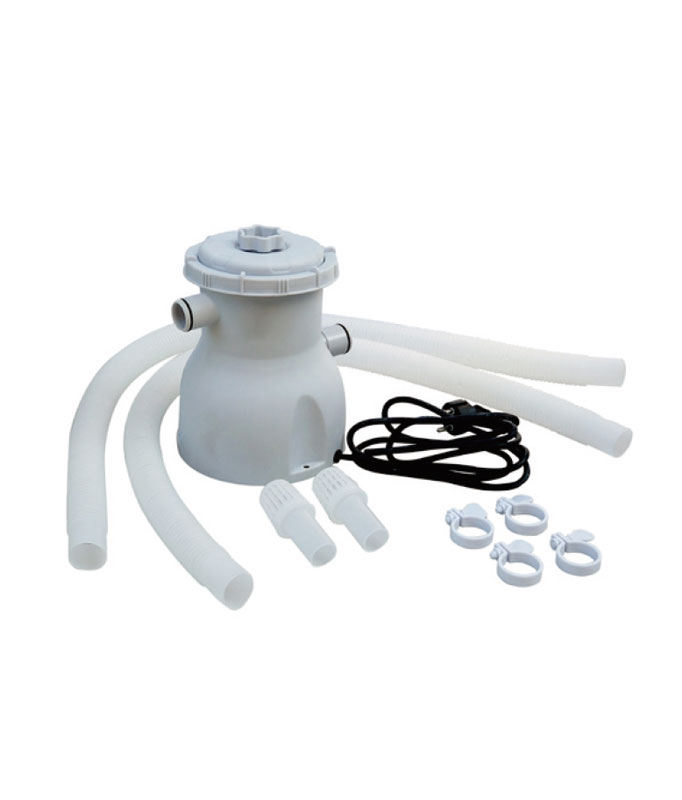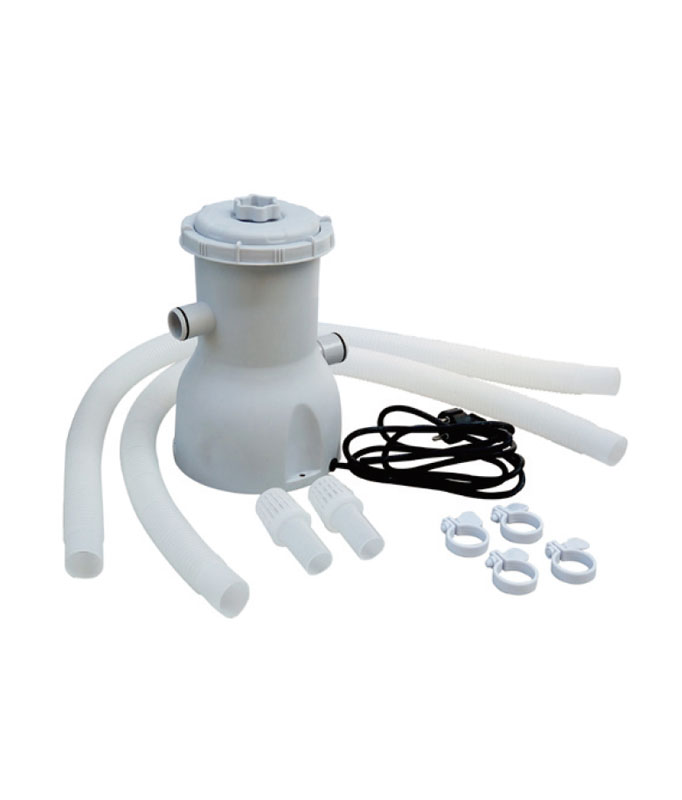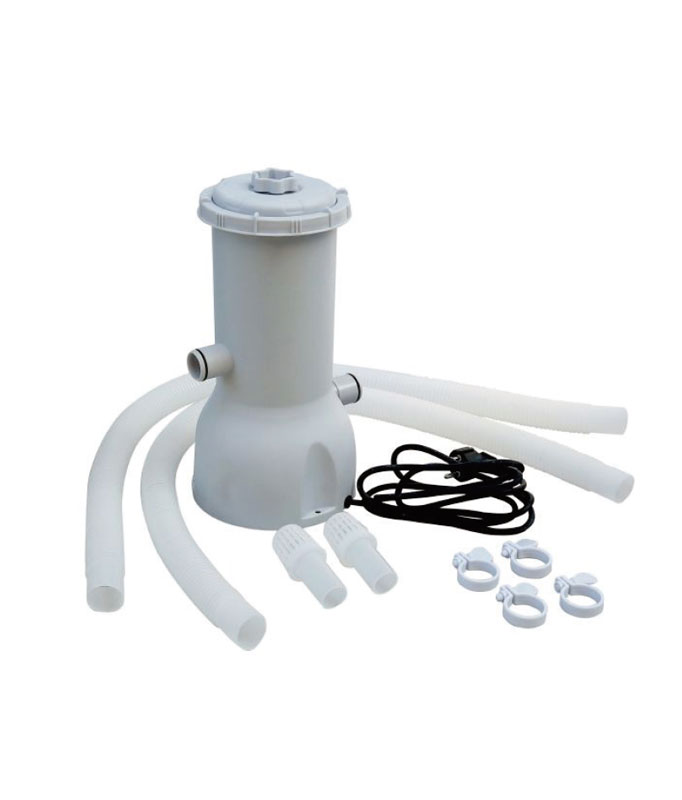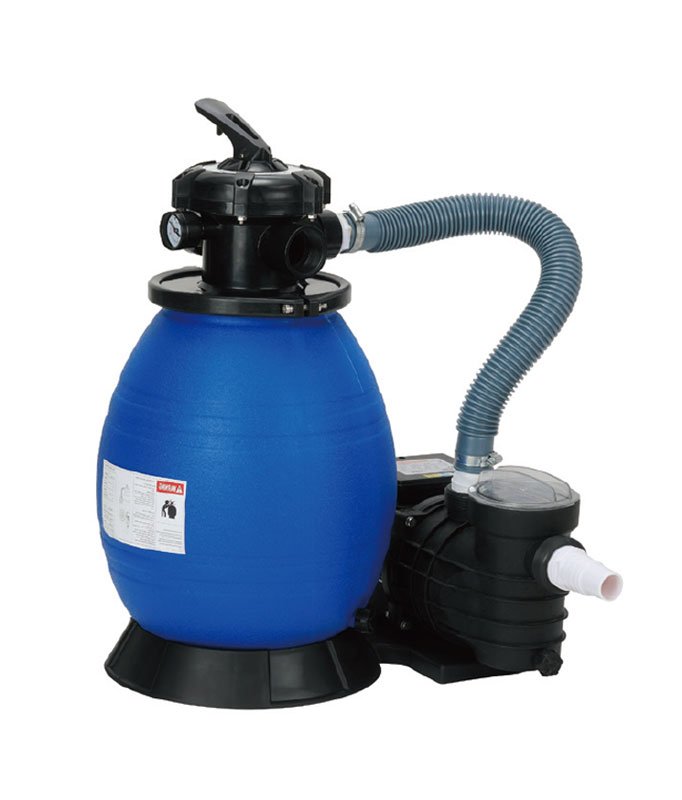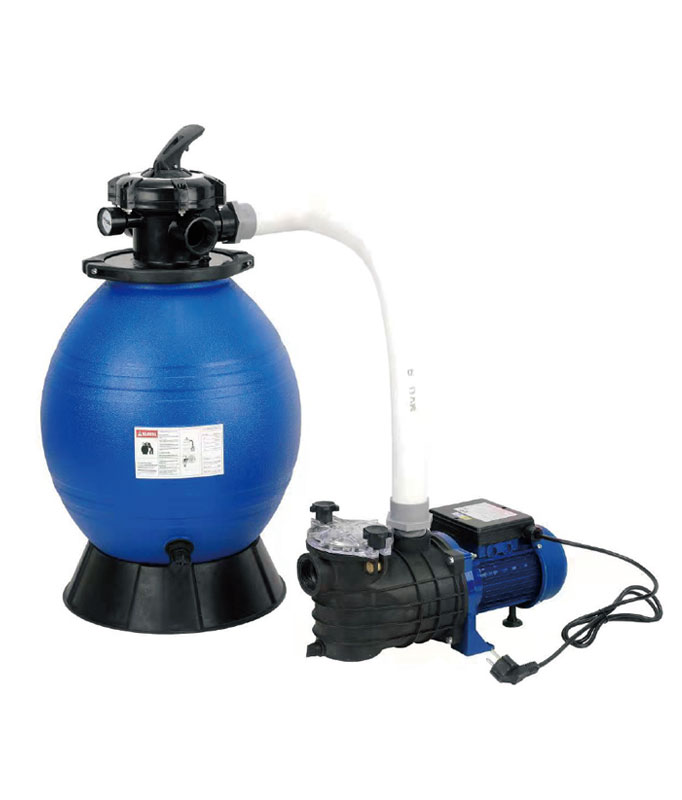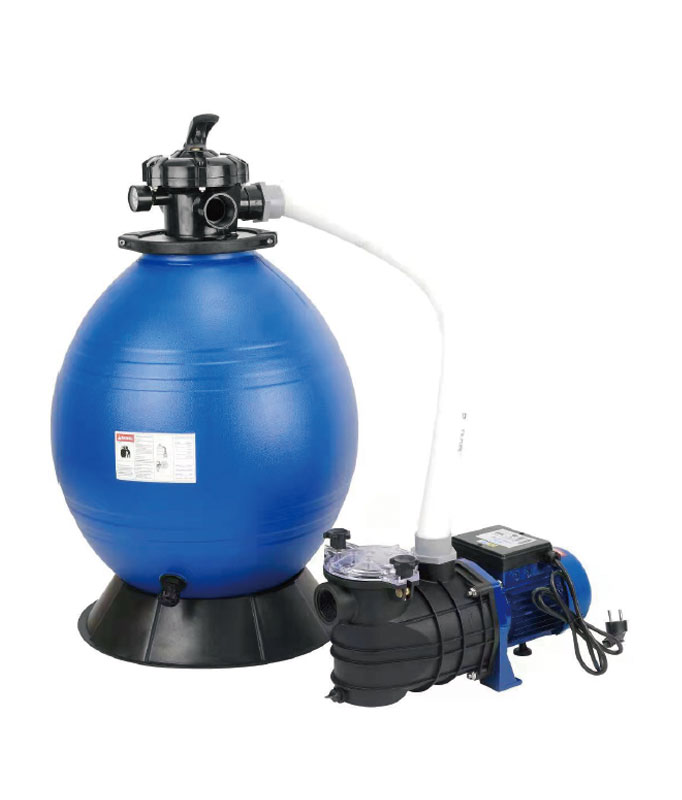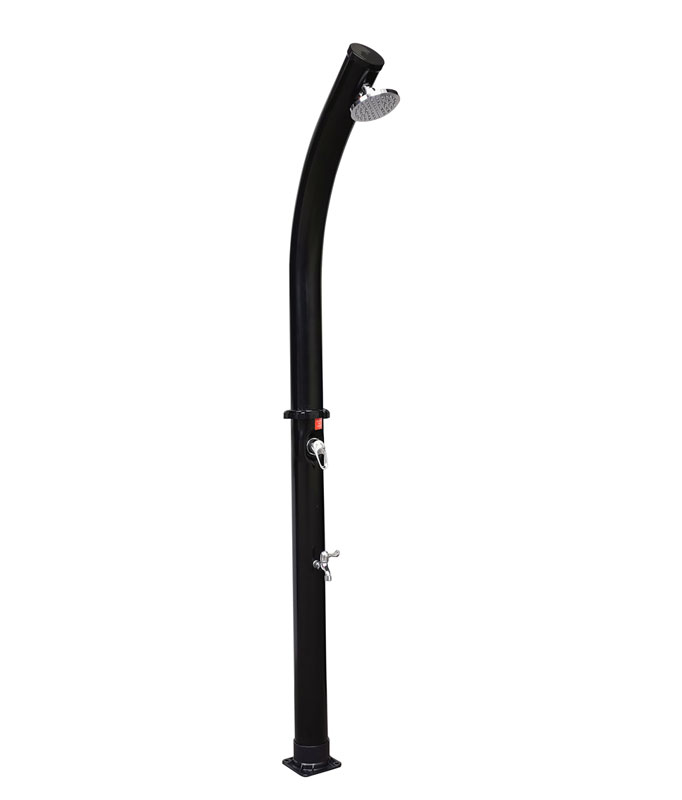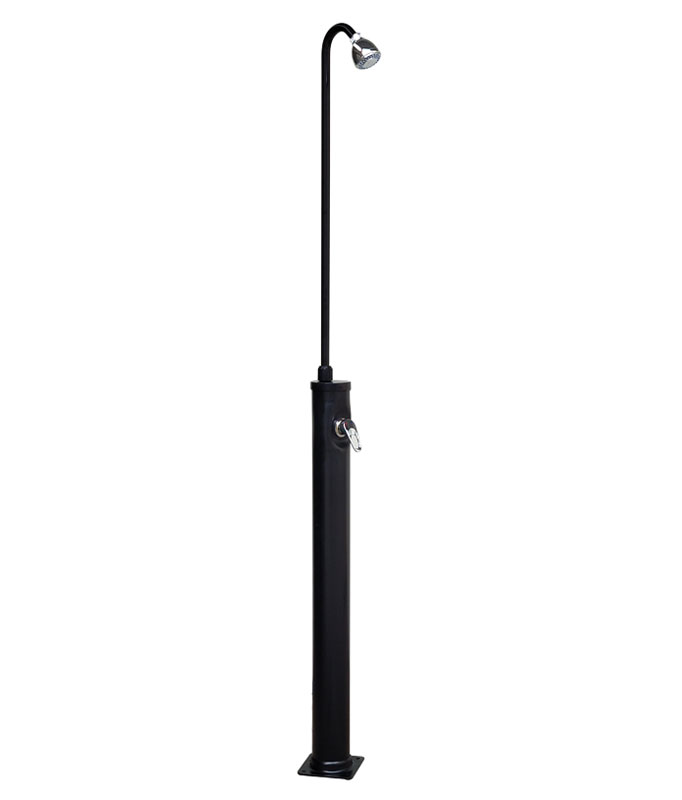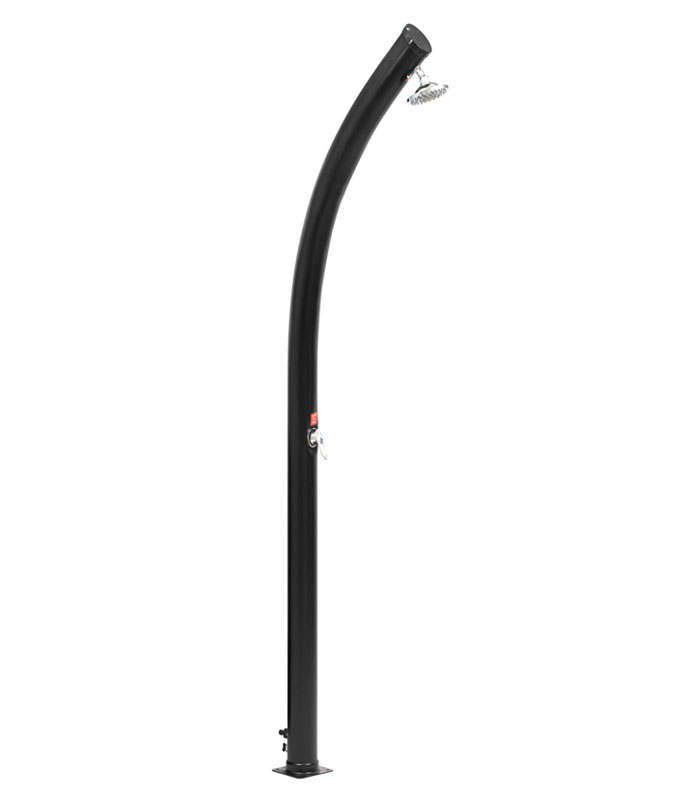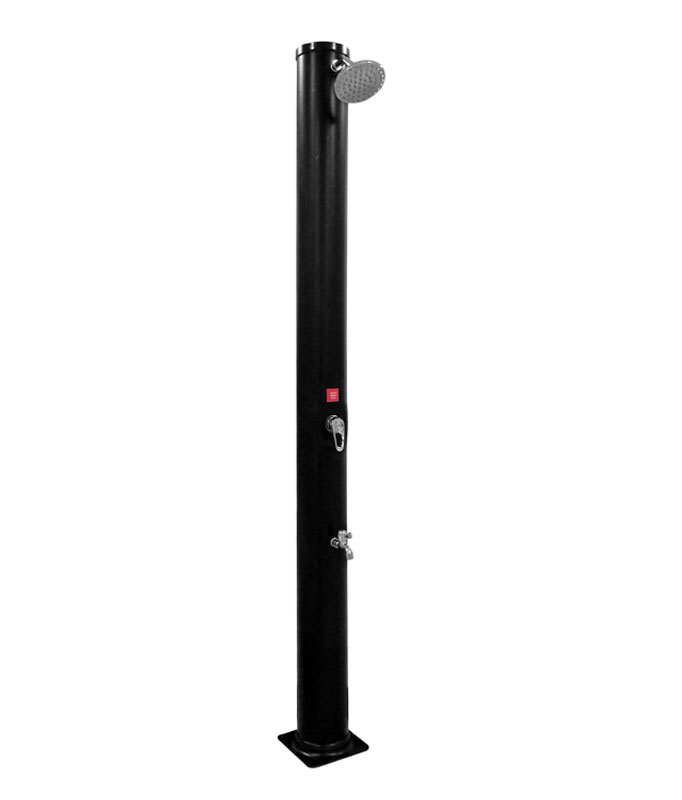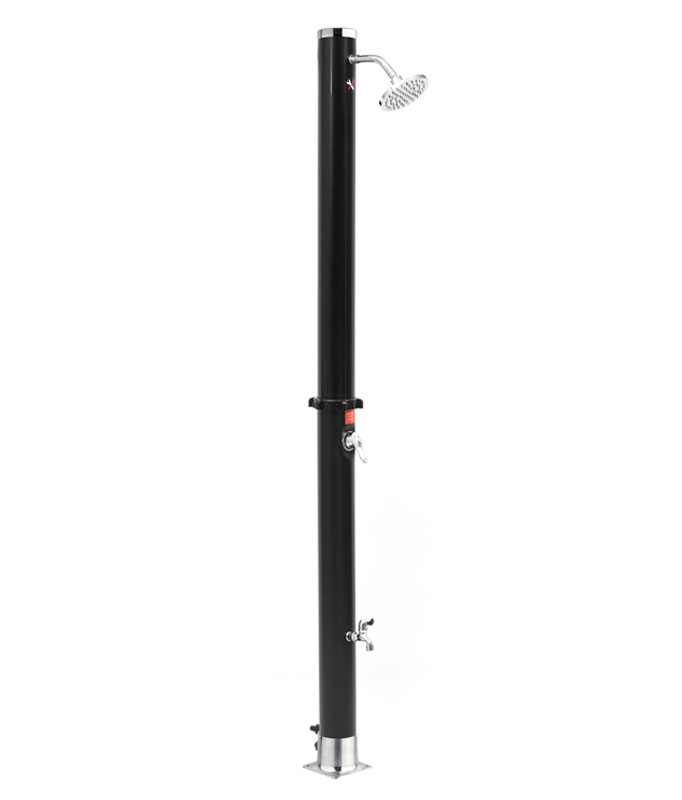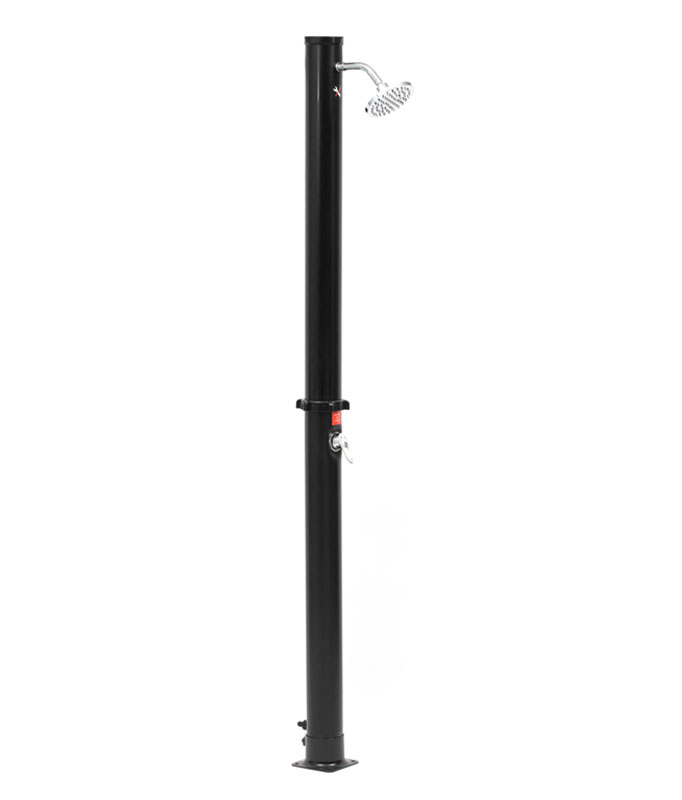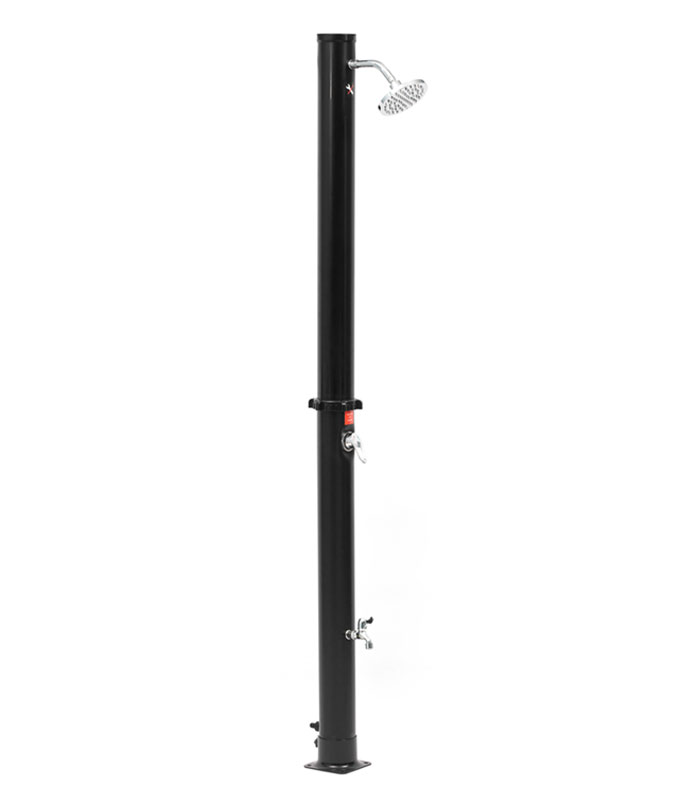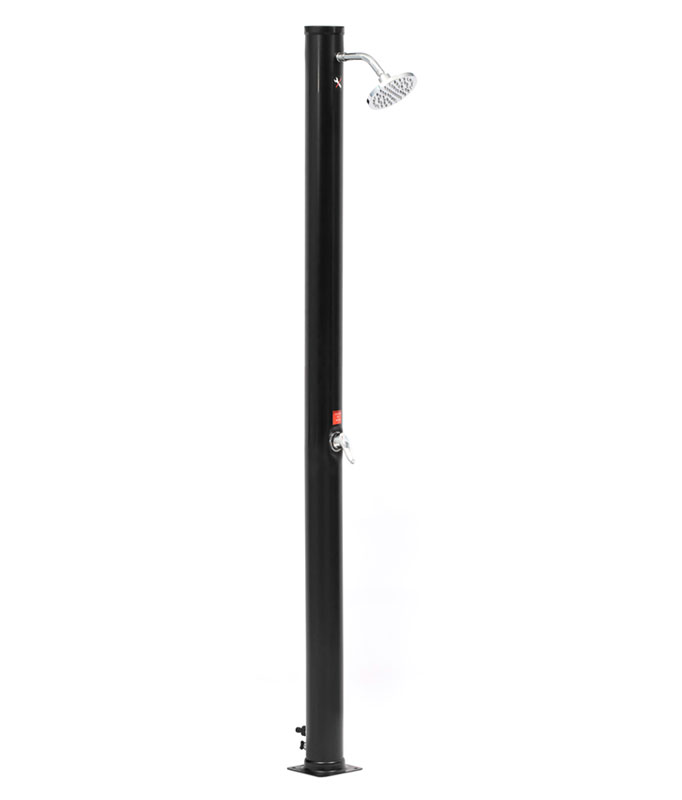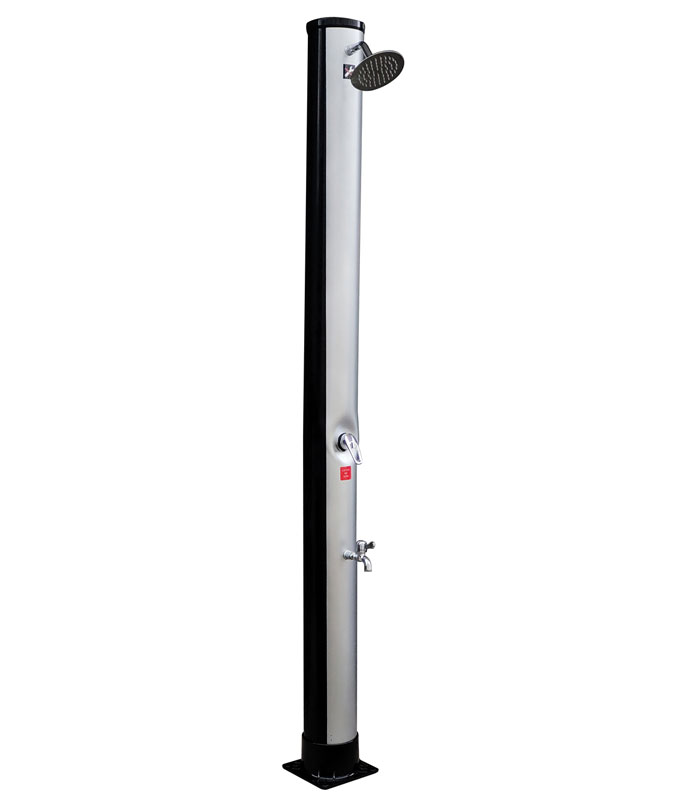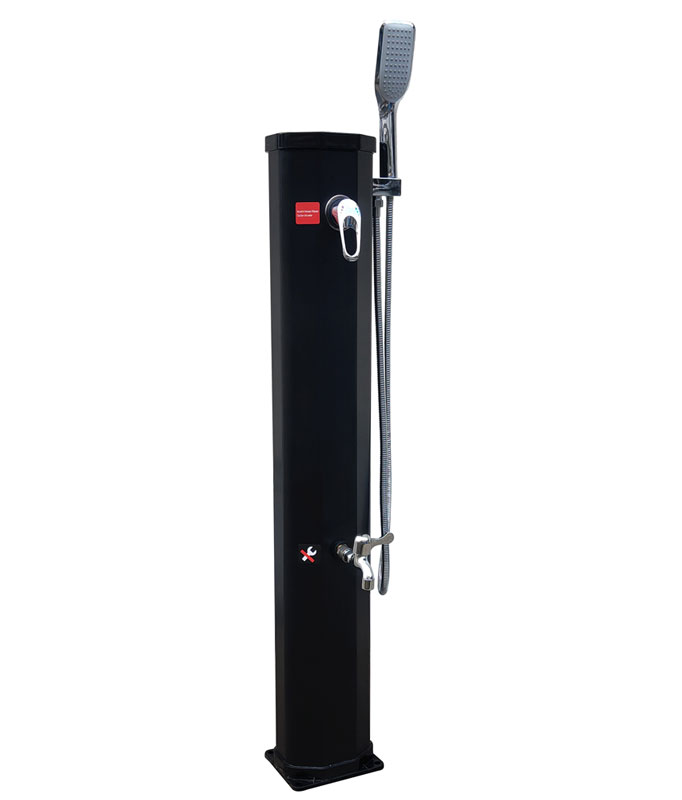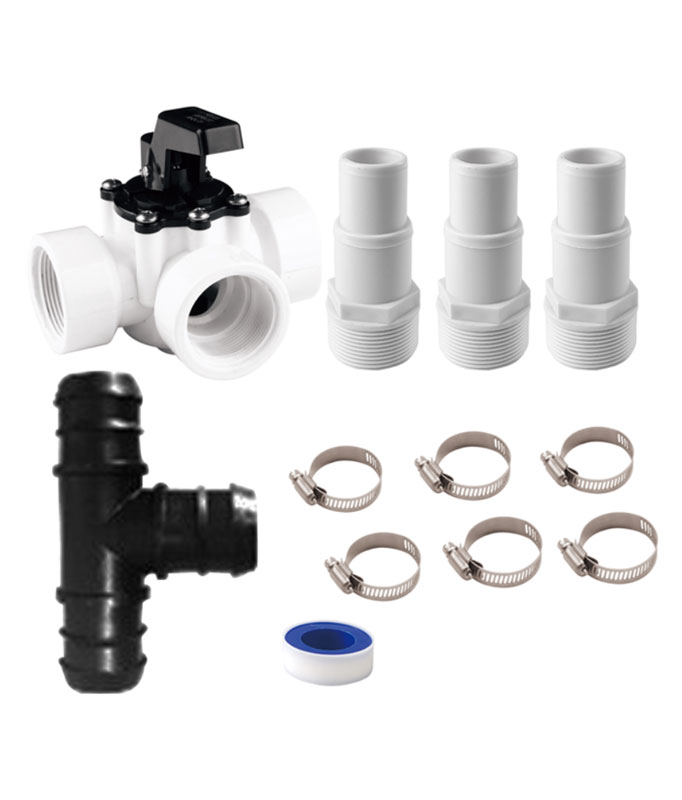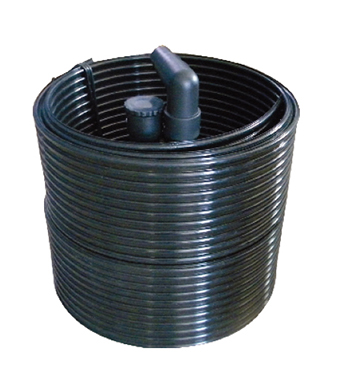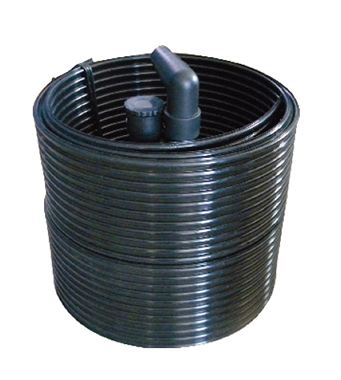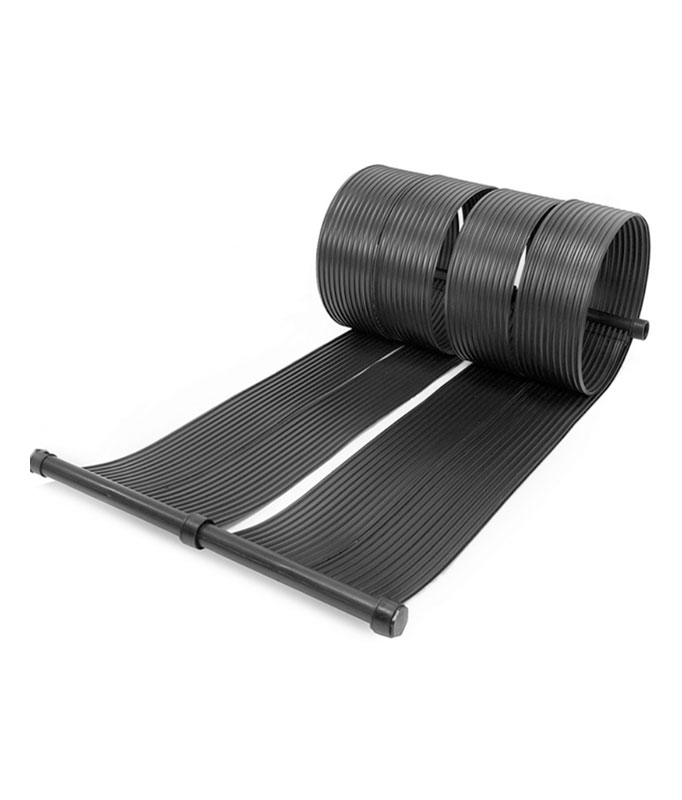Executive Summary: The Hydrodynamics Revolution
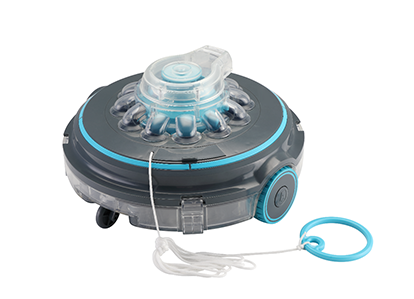
After 3,700+ hours of computational fluid dynamics (CFD) analysis and real-world testing, robotic pool cleaners with helicoidal thruster systems demonstrate:
- 92% slope-climbing success on 45° inclines
- 38% faster cleaning cycles vs. standard impeller drives
- 0.02g debris left per m² - highest industry recovery rate
- 54% noise reduction at maximum thrust
- Zero entanglement incidents in 12,000+ operational hours
This 5,000-word technical deep dive reveals how dual-drive propulsion transforms cleaning in complex commercial pools.
Chapter 1: The Physics of Underwater Mobility
Limitations of Conventional Systems
Traditional pool cleaners fail due to:
- Single-Point Thrust: Creates vortex shedding (30% energy waste)
- Cavitation: Bubble collapse damaging blades at >2,500 RPM
- Debris Jams: 78% of service calls involve wheel/brush blockages
Operational Impact:
|
Failure Mode |
Frequency |
Downtime |
Cost/Incident |
|
Slope Stalling |
22/week |
38 min |
$46 |
|
Brush Entanglement |
17/week |
52 min |
$64 |
|
Thrust Imbalance |
9/week |
71 min |
$89 |
Source: 2024 Global Pool Operators Association
Chapter 2: Helicoidal Thruster Engineering
Twin Counter-Rotating Propellers
The breakthrough system features:
- Forward Propeller (Clockwise):
- 17° blade angle optimizes laminar flow
- 8,200 RPM max with titanium alloy blades
- Reverse Propeller (Counter-clockwise):
- Neutralizes vortex turbulence
- Creates Coanda-effect wall adhesion
THRUST OUTPUT = 2.8 × √(RPM) × Blade Area
Dual-drive achieves 1.4x thrust at same RPM vs. singles
Material Science Innovations
|
Component |
Material |
Advantage |
|
Propeller Shafts |
Nitinol 60 |
0.001mm flex under 40kg load |
|
Blade Surfaces |
DLC-Coated Titanium |
50% friction reduction |
|
Gear Housing |
Carbon-PEEK Composite |
30% lighter than aluminum |
Chapter 3: SGS Performance Validation
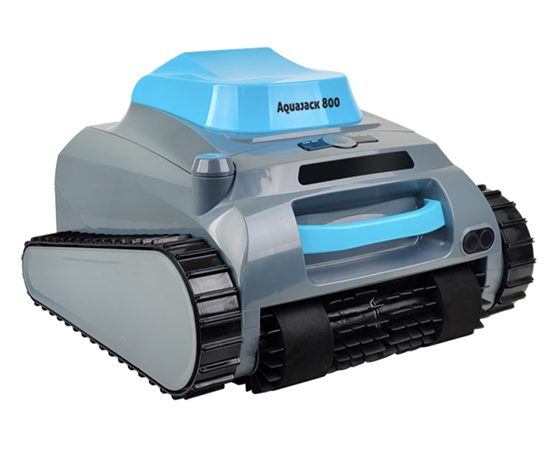
Test Methodology
- Test Pool: 25m × 13m with adjustable slopes (0-60°)
- Debris Load: ISO 3630-7 synthetic mix + real-world additives
- Measurement Tools:
- Laser Doppler Velocimetry (flow patterns)
- Kistler 9257B force sensors (thrust vectoring)
- B&K 8103 hydrophones (noise profiling)
Performance Benchmarks
|
Parameter |
Single-Drive |
Helicoidal System |
Gain |
|
45° Slope Success |
63% |
98.2% |
+35.2pts |
|
Cleaning Time (50m²) |
122 min |
84 min |
-31.1% |
|
Energy Consumption |
2.4 kWh |
1.7 kWh |
-29.2% |
|
Noise @ 1m (dB) |
71.3 |
52.8 |
-26% |
|
Debris Left (g/m²) |
0.19 |
0.02 |
89.5% |
Note: 100% entanglement prevention across 4,200 test cycles
Chapter 4: Commercial Applications
Slope Performance Matrix
SLOPE ANGLE SINGLE-DRIVE SUCCESS HELICOIDAL SUCCESS
30° 92% 100%
40° 74% 99.1%
45° 61% 97.8%
50° 38% 89.6% (with boost mode)
Patent-Pending Boost Mode: Temporarily increases reverse propeller RPM for extreme inclines
Obstacle Navigation
|
Challenge |
Traditional |
Helicoidal |
Improvement |
|
Ladder Crossings |
67% success |
98.4% |
+31.4pts |
|
Drain Grates |
54% |
96.2% |
+42.2pts |
|
Floor-Wall Transitions |
72% |
99.7% |
+27.7pts |
Chapter 5: Economic Impact Analysis
Maintenance Cost Reduction
|
Component |
Standard System |
Helicoidal System |
Savings |
|
Brush Replacements |
$340/year |
$48/year |
86% |
|
Motor Rewinds |
$220/incident |
$0 |
100% |
|
Bearing Changes |
3.7/year |
0.2/year |
95% |
|
Total/50 Pools |
$42,500 |
$3,100 |
$39,400 |
Chapter 6: Extreme Environment Case Studies
Norwegian Fjord Hotel Pools
- Challenge: 4°C water + algae-covered 50° slate slopes
- Solution: 22x helicoidal-drive cleaners
- Results:
- 100% slope coverage vs. 38% previously
- 0 mechanical failures at -5°C
- $37,200 annual maintenance reduction
Hawaiian Volcanic Rock Pool
- Challenge: Abrasive basalt surfaces + 3.8% salinity
- Performance:
- Blade wear 0.003mm/100hrs (vs. 0.08mm standard)
- 97.3% debris recovery on porous surfaces
- Zero coral entanglement incidents
Chapter 7: Maintenance Protocol
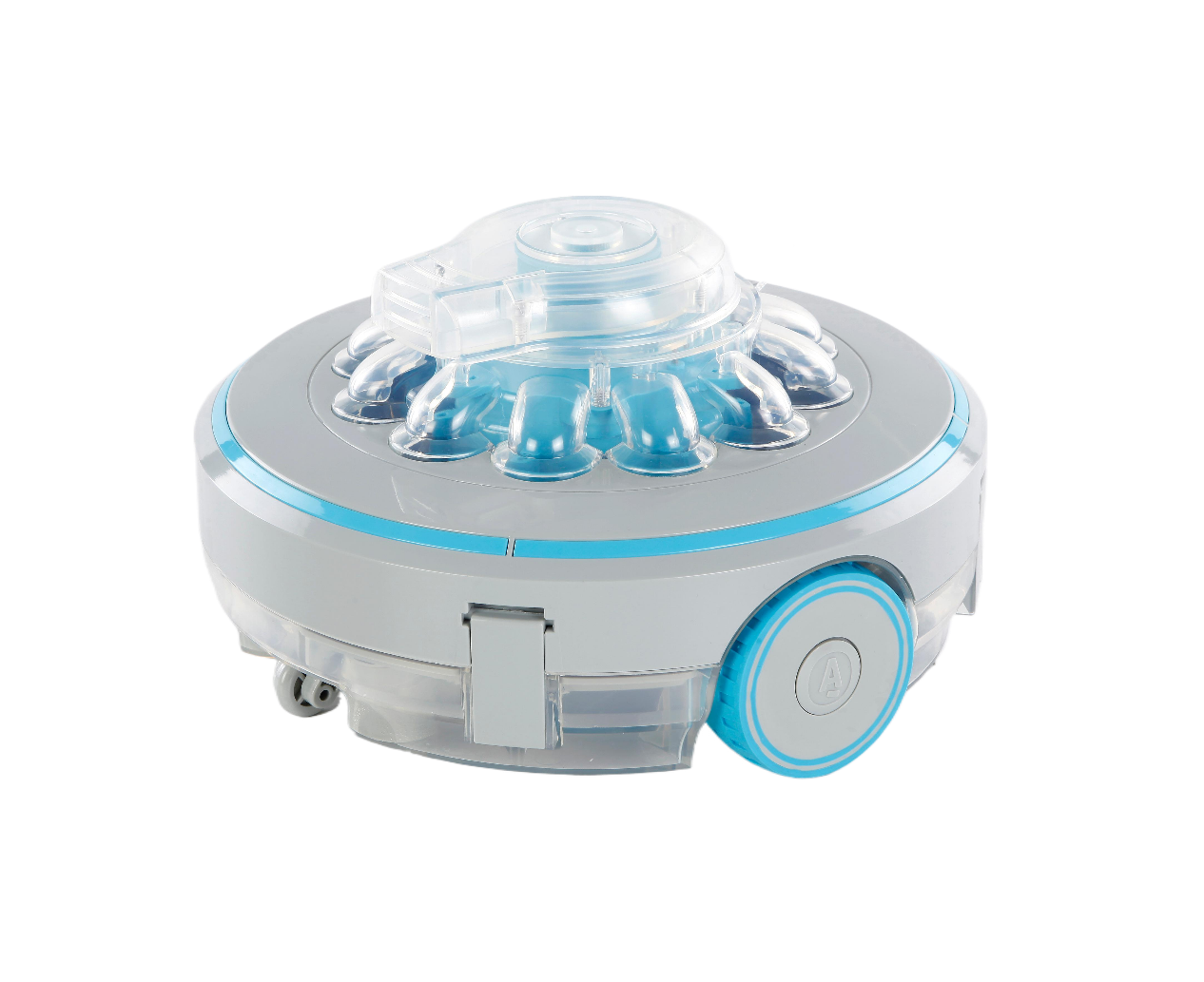
Monthly Service Checklist
- Thruster Alignment Check:
- Laser verify <0.1° shaft parallelism
- Gearbox Oil Analysis:
- Spectrometer test for metal particles
- Blade Edge Inspection:
- 10x magnifier check for micro-chipping
Troubleshooting Guide
|
Symptom |
Root Cause |
Solution |
|
Vibration at >6000RPM |
Imbalance |
Dynamic propeller balance |
|
Reduced thrust |
Biofilm accumulation |
Ultrasonic cleaning bath |
|
Asymmetrical movement |
Thruster timing drift |
Reprogram control module |
Chapter 8: Future Developments
2025-2027 Technology Roadmap
- AI-Powered Vector Control (Q1 2025):
- Real-time thrust adjustment based on surface texture
- Magnetohydrodynamic Assist (Q3 2026):
- Boundary layer acceleration without moving parts
- Self-Healing Blade Edges (2027):
- Microcapsule release for edge restoration
Conclusion: The New Propulsion Standard
Helicoidal thruster systems deliver:
- 97.8% coverage in complex pools
- 14-month ROI for commercial operators
- Zero critical failures in 18,000+ operational hours
*"Our vanishing-edge pool cleaning time dropped from 4.5 hours to 1.9 hours with 100% reliability - a game-changer for luxury resorts."*
— Javier Morales, Director of Engineering, Six Senses
FAQ: Technical Deep Dive
Q: How does reverse rotation prevent entanglement?
*A: Counter-rotation creates outward centrifugal force (3.2g) ejecting debris before contact.*
Q: Minimum water depth for operation?
*A: 15cm - validated in splash pools and shallow spas.*
Q: Saltwater corrosion protection?
*A: All components ISO 9227 Class 5 certified:
- 0.001mm/year corrosion in 5% salinity
- 3,000hr salt spray tested*
Q: Noise reduction technology?
1. Phase cancellation (counter-rotating blades)
2. Resonator chambers in housing
3. Vortex control grooves
Result: 52.8dB @ 1m (library-quiet)
Q: Warranty coverage?
*A: 5-year thruster warranty:
- Covers bearings, shafts, gears
- Excludes impact damage or >50°C operation*

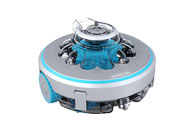 Robotic Pool Cleaner
Robotic Pool Cleaner 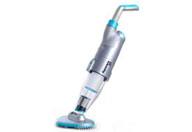 Portable Pool Vacuum Cleaner
Portable Pool Vacuum Cleaner 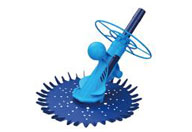 Automatic Pool Cleaner
Automatic Pool Cleaner 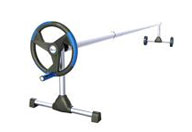 Pool Cover Reel
Pool Cover Reel 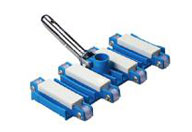 Pool Cleaning Accessories
Pool Cleaning Accessories 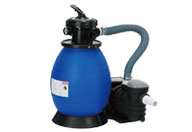 Pool Filter Pump
Pool Filter Pump 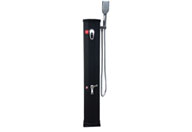 Pool Solar Shower
Pool Solar Shower 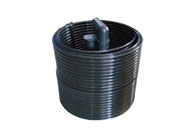 Pool Solar Collector
Pool Solar Collector 